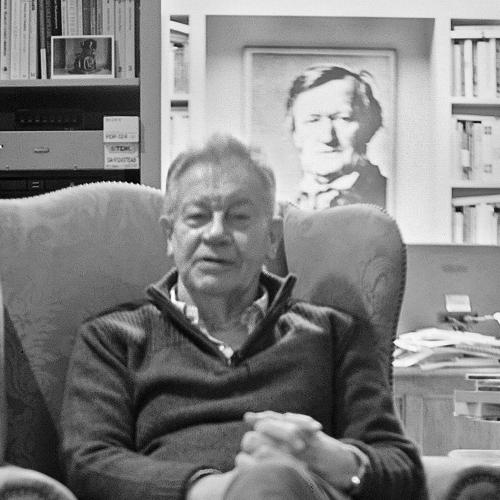COMPOSERS: Debussy
LABELS: Andante
ALBUM TITLE: Debussy
WORKS: La mer; Nocturnes; Prelude a l'apres mide d'un faune; La Damoiselle elue; Le martyre de Saint Sebastien
PERFORMER: Various
CATALOGUE NO: AN 1200
For any lover of Debussy, this is an indispensable set. Most of the recordings come from the 1930s, so many of the performers had played under Debussy. And French orchestras, which play on most of these recordings, sounded very different then from those of other countries, with silkier strings and acidic woodwind, often with plenty of brass rubato. We get the chance to compare interpretations of many of Debussy’s finest works, and the disc on which there are three accounts of La mer is an education. The first, under Piero Coppola, heavily represented here, comes from 1932, with an orchestra of only 30 players, so the strings are often overwhelmed – but the style is fascinating. Then comes a great account by Toscanini with the NBC orchestra, overwhelming, perhaps too obviously so. Thirdly, an account from the Czech Philharmonic under Roger Désormière which Sviatoslav Richter regarded as the greatest recording ever made – of anything. One sees what he meant. There is so much imagination, colour, suppleness within a firmly held basic tempo that it does tempt one to say it is definitive. But play the Prélude à l’après-midi d’un faune under Walter Straram, amazingly from 1930, and you will have to buy the set. The gorgeous coolness of Marcel Moyse’s flute playing is as seductive a start as a set could have.
As usual, Andante has favoured unfiltered sound, so there’s a fair amount of surface noise, but the clarity almost throughout the four discs is nevertheless something to wonder at. If I had only one Debussy collection, this would unquestionably be it. Michael Tanner
